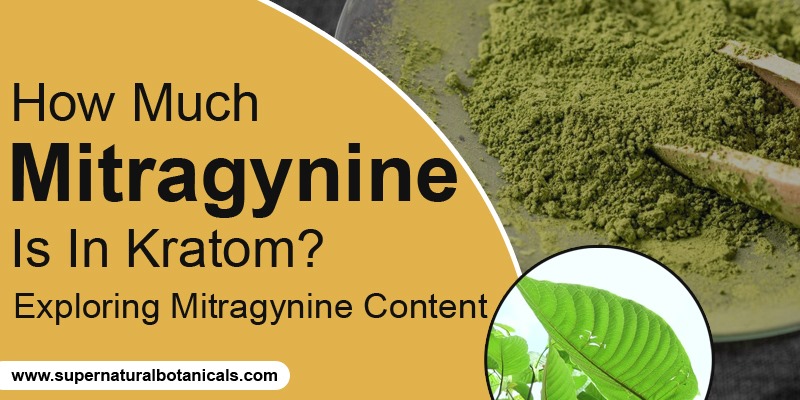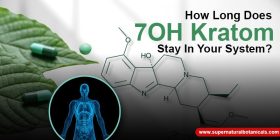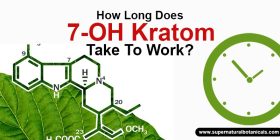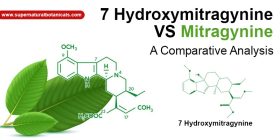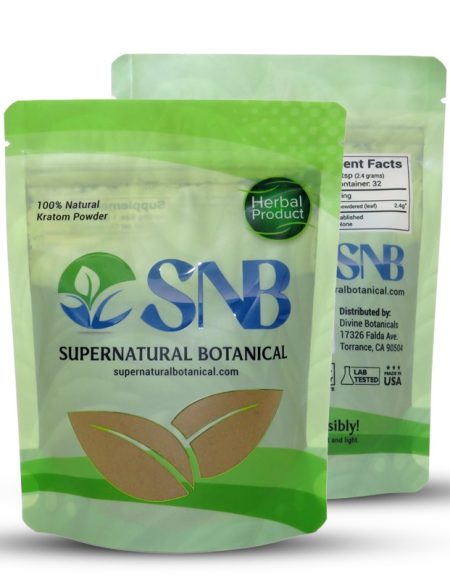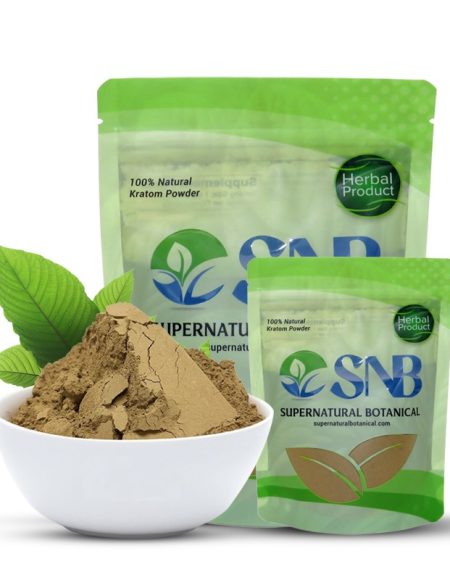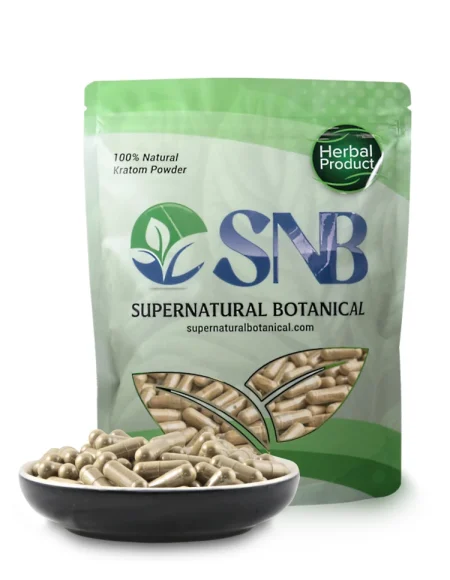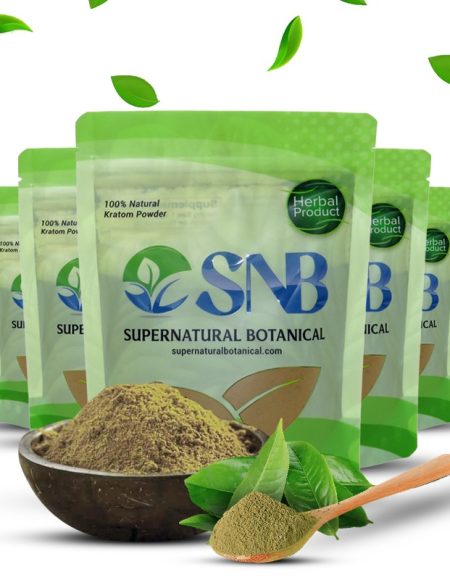Kratom is a tropical tree growing in Southeast Asia. It has become famous because of its promising therapeutic effects. One of its primary alkaloids is mitragynine. Mitragynine plays a vital role in the herb’s properties. It acts as a key player in the chemical composition of kratom. These properties offer an option for people looking to relieve discomfort and unease.
Studying the amount of mitragynine in kratom is important to learn about its strength and how it affects the body. Kratom contains a substance called mitragynine. This substance helps set dosage rules and makes sure that kratom products are safe and of good quality. Our aim in this study is to examine the levels of mitragynine found in different kratom samples from various regions.
Mitragynine Content in Kratom
Kratom leaves contain different concentrations of mitragynine. It typically ranges from 1% to 2% of the total alkaloid content.
A gram of kratom powder contains about 10 to 30 milligrams (mg) of mitragynine. The amount of mitragynine in kratom can vary depending on the type or source of kratom. The cultivation methods or leaf maturity also influence mitragynine content.
Thai kratom varieties have the most abundant mitragynine. It has almost 66% of mitragynine in the combined alkaloid concentration. Thai kratom powder also contains up to 2 % of 7-hydroxymitragynine. It is a minor component but has nine times more affinity than mitragynine.
Kratom from Malaysia has a lesser amount of mitragynine. It has around 12% of mitragynine of the total alkaloids.
Japan’s Kratom varieties have different mitragynine content. The amount of mitragynine ranges from 12 to 21 mg per gram in the dried leaves of kratom. However, 7-hydroxymitragynine ranges from 0.11 to 0.39 mg per gram. The commercially available powdered products of kratom usually have the same concentration. Understanding the mitragynine content is essential for responsible kratom usage.
The resins of kratom may consist of higher amounts of mitragynine. It has 35.6 to 62.6 mg per gram of mitragynine, and 7-hydroxymitragynine ranges from 0.12 to 0.37 mg per gram.
Gas chromatography-mass spectrometry (GC-MS) was used to analyze the mitragynine content in fresh “ketum” drinks. This drink was made by excessive boiling of Malaysian Kratom leaves in water. GC-MS revealed that each glass of 250 ml of ketum holds 22.5 to 25 mg of mitragynine. It is suggested that consuming three such drinks a day can help alleviate drug withdrawal symptoms.
Certain products were falsely labeled as ‘kratom acetate’ or ‘mitragynine acetate’ even though they did not actually contain mitragynine. In more recent developments, it came to light that certain products labeled as ‘Krypton’ are available in Germany and Sweden. These products are enhanced kratom preparations that were found to contain additives. These additives were caffeine and synthetic O-desmethyl tramadol (ODT). ODT comes from tramadol. It is a bioactive substance derived from the synthetic narcotic analgesic tramadol. It was added to the herbal preparations to mimic sedative-narcotic effects.
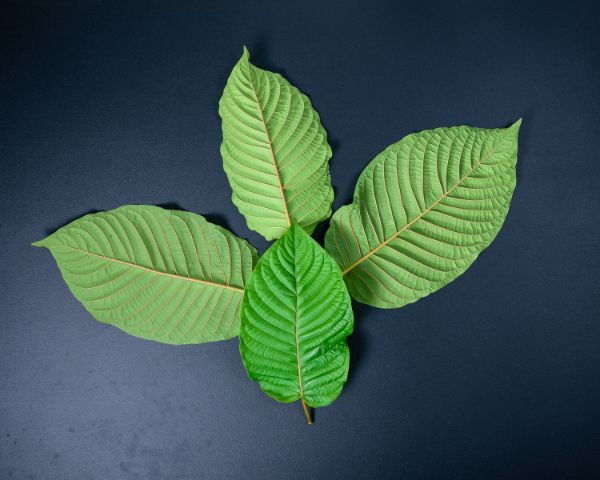

Factors Influencing Mitragynine Content Levels Inside Kratom
Factors influencing the levels of mitragynine in kratom are very diverse. To better understand the differences in mitragynine content among various kratom products, it is important to consider these factors. Here are some of the factors that influence mitragynine levels.
Different kratom strains, such as Thai, Maeng Da, Bali, Borneo, and Malay, have varying alkaloid compositions. So, the mitragynine content can differ among these strains. Thai and Maeng Da strains are often associated with higher levels of mitragynine than other strains.
- Geographical Origin:
The geographical location where kratom is grown determines its alkaloid profile. These include climate, soil conditions, and environmental factors. It can influence kratom leaves’ growth and alkaloid content. The geographical location where kratom is grown determines its alkaloid profile. These include climate, soil conditions, and environmental factors. It can influence kratom leaves’ growth and alkaloid content. For example, kratom grown in Thailand may exhibit different mitragynine levels than those from Indonesia or Malaysia.
- Leaf Maturity:
The maturity of kratom leaves at harvest can impact the mitragynine content. The leaves of mature kratom trees usually have more mitragynine than younger leaves. Farmers and cultivators often consider the optimal time for harvesting. This ensures desired alkaloid concentrations.
- Harvesting and Processing Methods:
The way we harvest and process kratom can affect its alkaloid content. Drying methods can affect mitragynine levels. The way kratom powder or extracts are made can affect the levels of alkaloids in them.
- Quality Control and Product Variation:
Manufacturers’ and vendors’ quality control practices can also impact mitragynine levels. Manufacturers are required to prioritize quality and consistency in their production processes. This is more likely to offer kratom products with reliable mitragynine content. The kratom industry lacks standardized regulations, causing variations in mitragynine levels among different brands and sources.
Dosage Considerations
Determining the appropriate kratom dosage requires several factors to come into play. These include the individual’s tolerance and body weight. The desired effects and experience with the herb help determine the right dosage. Knowing the amount of mitragynine per dose is important because it is a key compound in kratom.
For beginners, it is generally recommended to start with a lower dosage of 1 to 2 grams of kratom powder. This is about 10 to 60 mg of mitragynine. Explanation: The original sentence is lengthy Users can assess their sensitivity to the effects and adjust the dosage gradually.
Experienced users may opt for higher doses ranging from 2 to 5 grams or more based on their desired effects. However, avoiding excessively high doses is essential to prevent adverse effects. It is also recommended to exercise caution to avoid tolerance buildup over time.
Users may develop a tolerance with prolonged and consistent use of kratom. It is advisable to take breaks from its usage to avoid tolerance buildup and maintain sensitivity to mitragynine. A general guideline is to have “off” days where kratom is not consumed.
Every individual is unique, and responses to kratom can vary. Be attentive to how your body responds to different dosages. Reduce the dosage or discontinue use if you encounter any adverse effects, such as dizziness, nausea, and discomfort. It is always recommended to prioritize your well-being and adjust dosage accordingly.
Effects of Mitragynine
Mitragynine exhibits stimulant and sedative properties. It depends on the dosage and individual response. Lower doses can increase energy and focus. It also creates a mild euphoria and promotes motivation, sociability, and alertness.
Mitragynine tends to have more sedative and analgesic effects at higher doses. It can also induce relaxation and discomfort relief. The individual responses to mitragynine may differ. Different dosages and personal biochemistry can influence these effects.
Quality and Safety Considerations
You should buy kratom products from reliable sellers who do third-party lab tests to make sure they’re safe and accurate.These tests verify the kratom’s purity, potency, and mitragynine content. This ensures consumer confidence and product reliability.
Moreover, controlled kratom usage involves practicing moderation. It also includes avoiding excessive or prolonged use. Taking regular breaks and alternating dosages can help reduce the risk of developing tolerance and dependence.
Conclusion
Mitragynine is a primary alkaloid in kratom. It significantly influences the kratom’s effects. While a gram of kratom generally contains around 10 to 30 mg of mitragynine, it’s important to consider variations. It is advised to start with lower doses. Gradually adjust the amount based on individual sensitivity. Understanding mitragynine content allows users to optimize benefits. It aids in minimizing potential risks.
Remember to use kratom responsibly. Consult a health care provider if you have any unexpressed medical condition or take medications. By comprehending mitragynine content, individuals can maximize the advantages of this natural botanical. It is also necessary to employ responsible practices.


Jasmin Weber has been working in the kratom & CBD industry for 3 years with Grassroots Harvest and GRH Kratom. She regularly writes content for both the cannabis and kratom websites of these stores & can also be found featured on related sites around the web.
Jasmin is passionate about the cannabis field and industry and does her best to keep up with an ever-changing field. She’s also responsible for maintaining our Social Media profiles, and tries her best to keep our followers updated with news and happenings in the canna – world.
Jasmin graduated from Trinity University in San Antonio in 2016 with a Bachelor of Arts in Human Communication with Minors in Creative Writing & Religion.
Feel free to contact the author at Jasmin@grassrootsharvest.com if you have any ideas for collaborations. Read our editorial process over here.


